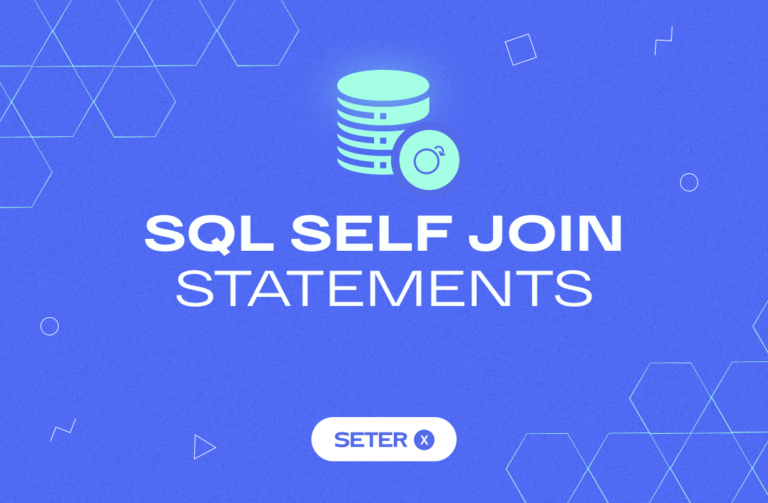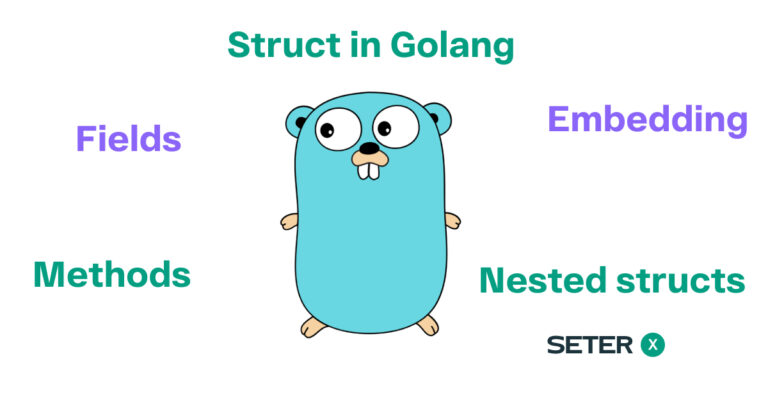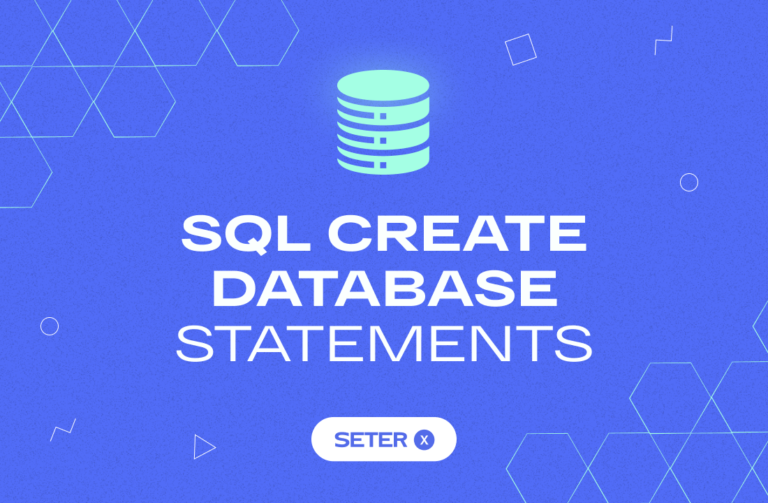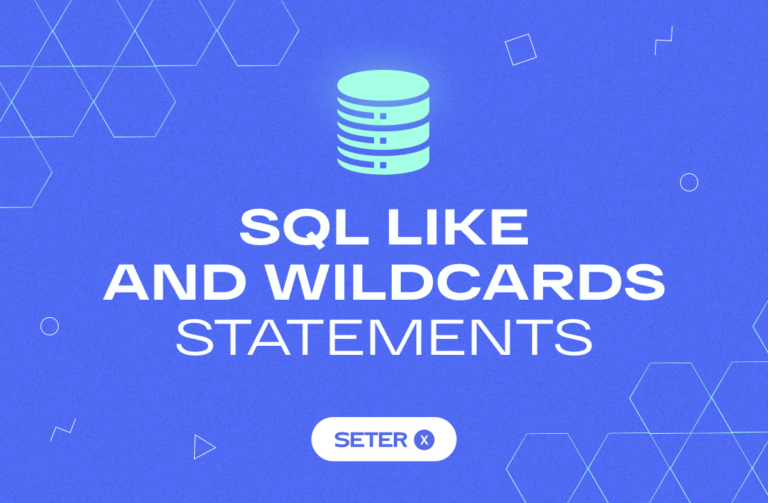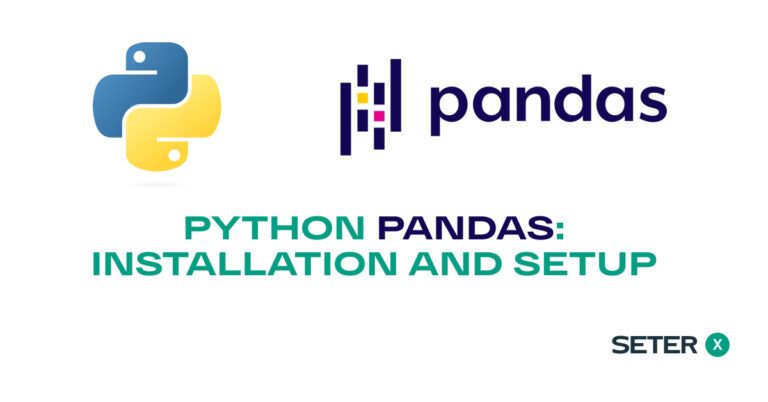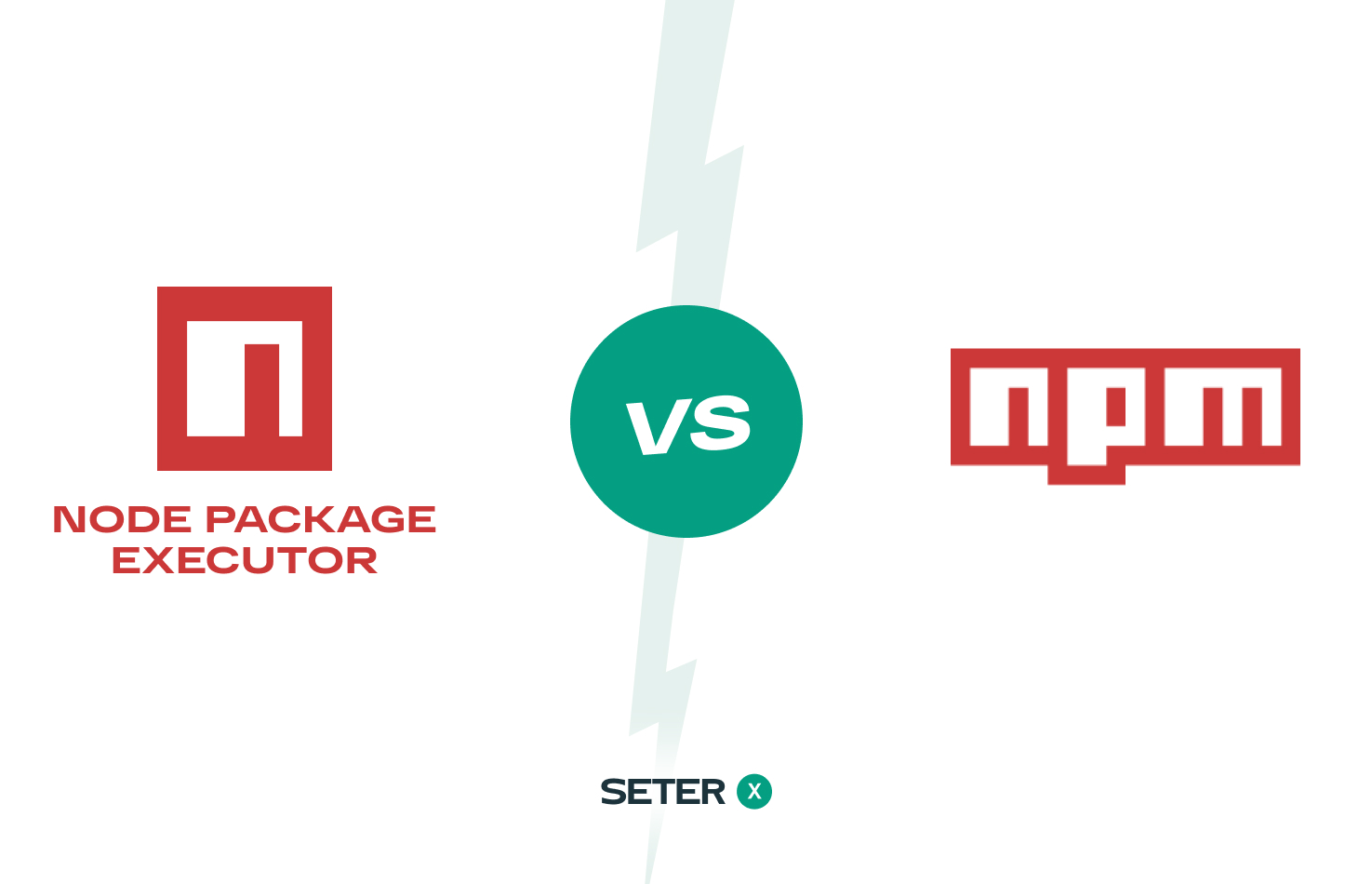
If you’re a JavaScript developer, you’re probably familiar with npm and the Node.js ecosystem. npm (short for “Node Package Manager”) is the default package manager for Node.js, which allows you to install, manage, and publish packages (i.e., reusable code modules) for your projects.
But have you heard of npx? npx (Node Package eXecute) is a relatively new command-line tool that comes with npm, and it’s designed to make it easier to execute packages (i.e., run scripts and commands from packages) without having to install them first. In this blog post, we’ll explore the differences between npm and npx, and how they can be used to manage and execute JavaScript packages.

What is npm (Node Package Manager)?
npm is a package manager for Node.js, which is used to install and manage JavaScript packages. npm is installed alongside Node.js and can be used to install packages from the npm registry (a public repository of open-source packages), as well as locally installed packages (i.e., packages that are stored in a project’s “node_modules” folder).
npm provides a command-line interface (CLI) that allows developers to search for packages, install them, update them, and remove them. npm also allows developers to publish their own packages to the npm registry, making them available to other developers around the world.
What is npx (Node Package eXecute)?
npx is a command-line tool that comes with npm, starting from version 5.2.0. The purpose of npx is to make it easier to execute packages without having to install them first. With npx, you can run a command from a package that is not installed on your system, by downloading and executing the package on the fly.
For example, if you want to create a new React app, you can use the “create-react-app” package, which is available on the npm registry. To use this package with npx, you can run the following command:
npx create-react-app my-appThis will download the latest version of the “create-react-app” package, and use it to create a new React app in a folder called “my-app”. After the app is created, you can start working on it immediately, without having to install any additional dependencies.
npm vs npx: What’s the Difference?
Now that we’ve seen what npm and npx are, let’s explore the differences between them. While both npm and npx are used to manage and execute JavaScript packages, they have some important differences that set them apart:
1. Execution of Packages
The most significant difference between npm and npx is in how they execute packages. With npm, you have to install a package before you can use it. This means that if you want to run a package that is not already installed on your system, you have to install it first:
npm install package-nameOnce the package is installed, you can run its scripts and commands using the “npm run” command:
npm run script-nameWith npx, you can execute a package without having to install it first. This means that you can run a command from a package that is not installed on your system, by downloading and executing the package on the fly:
npx package-name command-nameThis is particularly useful when you need to run a package only once, or when you don’t want to clutter your system with unnecessary dependencies.
2. Use Cases
npm and npx are designed for different use cases. npm is primarily used for managing packages and their dependencies, while npx is used for executing packages on demand.
For example, if you’re working on a project that requires a lot of packages, and you need to manage their dependencies carefully, you would probably use npm (Node Package Manager). On the other hand, if you need to run a single command from a package, or try out a new package without installing it, npx would be the better choice.

3. Package Runner
Another difference between npm and npx is in how they run packages. npm runs packages from the “node_modules” folder, which contains all the installed packages for a project. This means that if you have multiple versions of a package installed in different projects, you could run into conflicts.
npx, on the other hand, runs packages from a temporary directory, which is created when you execute a package. This means that you don’t have to worry about conflicts between different versions of the same package, and you can be sure that you’re running the latest version of a package.

4. Default Package Manager
npm is the default package manager for Node.js, which means that it is the one that most developers will use by default. This is because npm is installed alongside Node.js, and it is the most widely used package manager for JavaScript.
npx, on the other hand, is not the default package manager, but rather a command-line tool that comes with npm. This means that developers need to be aware of its existence and how to use it, which can be a barrier for new developers.

5. JavaScript Packages
Both npm and npx are designed to manage and execute JavaScript packages, which are reusable modules of code that can be shared and reused across different projects. JavaScript packages can be used for a wide range of tasks, from building web applications to automating tasks and managing dependencies.
6. Manage Packages
One of the main features of npm is that it allows developers to manage packages and their dependencies. npm provides a command-line interface that allows developers to search for packages, install them, update them, and remove them. npm also allows developers to specify dependencies in a “package.json” file, which is used to manage the dependencies of a project.
npx, on the other hand, does not provide any tools for managing packages or their dependencies. Instead, npx is focused on executing packages on demand, without having to install them first.
Frequently asked questions
Conclusion
In conclusion, npm and npx are both important tools for managing and executing JavaScript packages, but they are designed for different use cases. npm is designed for managing packages and their dependencies, while npx is designed for executing packages on demand.
While both tools are useful, developers should be aware of their differences and choose the tool that best fits their needs. Whether you’re building a complex web application or just trying out a new package, npm and npx are powerful tools that can help you get the job done.

